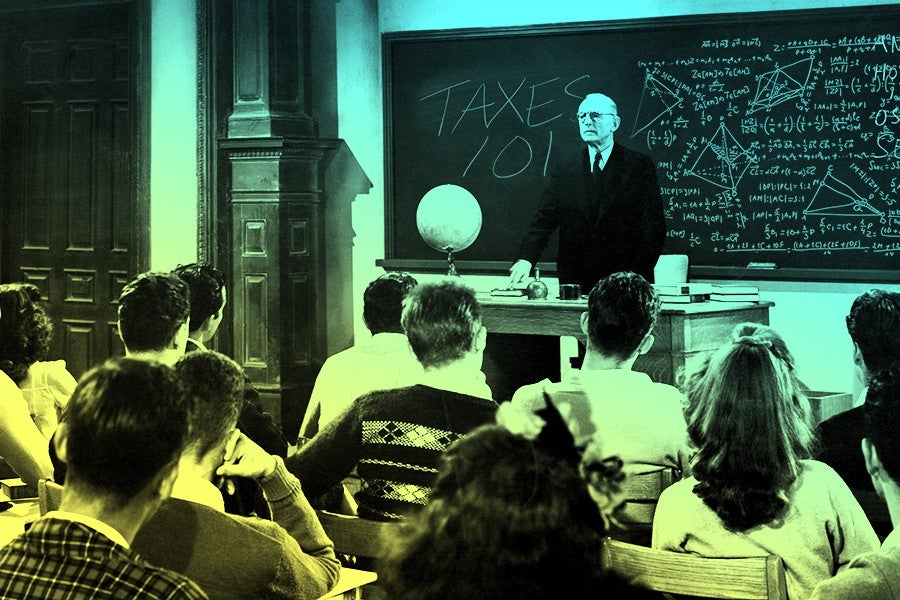“I wish they taught us about money in school!”
It’s a common response online whenever someone takes it upon themselves to bone up on personal finance. And it’s a legitimate gripe, considering how terrible most Americans are with money, and the drag their behavior has on the economy at large.
“Look at the [48 percent] of baby boomers who are unprepared for retirement,” says Robert Weagley, professor of the personal finance department at the University of Missouri. “That’s a dire situation, and that social crisis lies in front of us.”
Teaching financial literacy might seem to be a national imperative.
The problem is, it has been. For at least the last two decades, the number of schools with personal finance integrated into their curriculums has steadily increased, and more and more high schools around the country are requiring that students receive at least some degree of financial literacy education before graduating.
It’s just not taking.
“It doesn’t seem to have much of an effect on what we know [about personal finance],” Weagley says. “It’s not having as great of an impact as we would like.”
The modern push to teach personal finance in public school classrooms began in the late 1990s, Weagley explains, when a combination of financial deregulation under the Reagan administration and the advent of new financial instruments made personal finance far more complex than in generations past. Previously, the average American needed to know little more than how to balance a checkbook.
“The 1980s were a tumultuous financial world,” Weagley says. “Interest rates were high. There was stagflation. Housing prices were through the roof. Adjustable mortgage rates entered the market. The 401k began replacing the defined pension plan. And all of that stuff requires more education.”
The number of states that included personal finance in their curriculums more than doubled from 1998 to 2016, from 21 to 45, according to the Council for Economic Education, an organization that advocates for personal finance education in schools. In 2016, 22 states required students take a stand-alone personal finance course, a roughly threefold increase from 2000.
The gains, while modest, exhibit a growing effort to teach American children about the basics of personal finance and the importance of money management. Again, it’s just not connecting. “State mandates requiring high school students to take personal finance courses have no effect on savings or investment behavior,” economic researchers from Harvard, Wellesley College and the Federal Reserve Bank of Chicago found in a 2014 study.
The dispiriting news reinforces the idea that a person’s personal finance habits are largely learned from their parents, and might explain why the number of states (17) that require high schoolers to take a personal finance course has remained flat since 2014.
“It’s a challenge to get [personal finance] incorporated in curriculums,” says Heather Morton, legislative analyst at the National Conference of State Legislatures.
For starters, there’s the research suggesting that such classes are ineffective. And there’s little consensus about who should be allowed to teach financial literacy. As Weagley mentions, today’s financial world is magnitudes more complex than the one many teachers grew up with, and few of them are well-equipped to handle it themselves, let alone teach it to teenagers. “You can’t necessarily assume a math teacher has the knowledge to teach personal finance,” says Morton.
For Weagley, the answer is introduce financial literacy earlier, as early as grade school, and requiring teachers get certified before they’re allowed to teach the subject.
“No one says financial literacy shouldn’t be taught,” Morton says. “It’s a question of how do you make it happen.”
